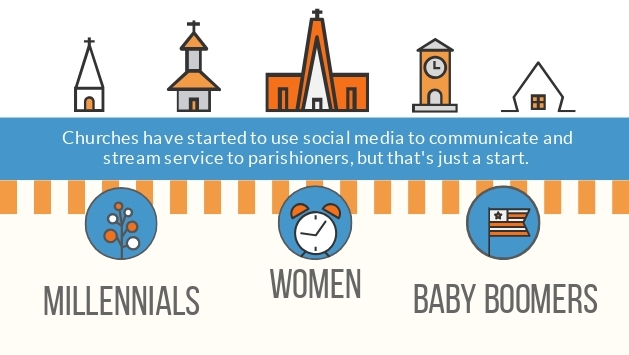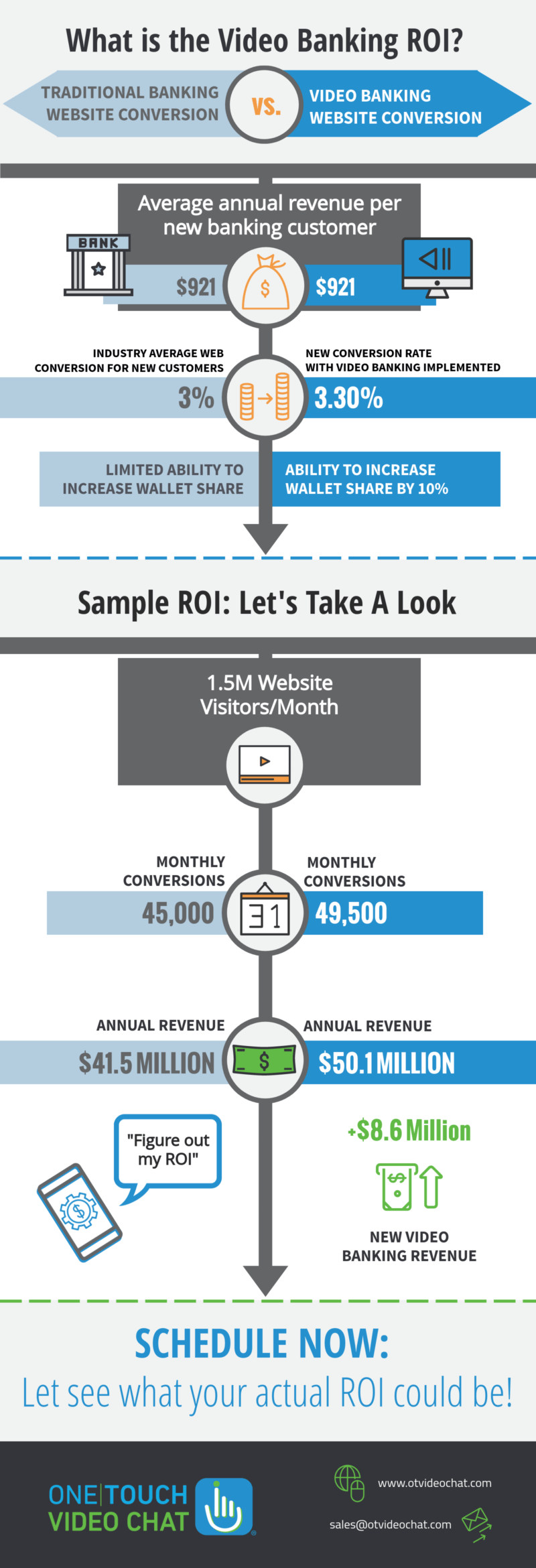Nobody likes change. This is especially true when the change involves familiar institutions and communities that provided stability and structure in an uncertain world. However, we must face up to the fact that declining church membership is a reality. According to the Pew Research, 28% of Americans leave the faith that they were born into in favor of either another religion or no religion at all. Modern ministries need more effective church community engagement strategies that acknowledge and divert some of the driving impacts on declining church attendance.
Understanding demographic challenges is a key a part of any community engagement strategy. This applies equally to spiritual leaders who need to understand that some committed believers feel neglected by the pulpit. Moreover, these groups constitute large swaths of the church-going community:
- Women
- Millennials
- Baby Boomers
So far, most churches have done little to meet these challenges and still rely on traditional methods of ministry. But with only about 23-25% of Americans regularly attending church, these conventional methods need an upgrade.
Declining Church Membership Among Women
Traditional gender roles have changed. Nowadays, women face an array of unique challenges outside home and church. Their Monday-Friday skill set could include operating multi-million-dollar firms, litigating legal cases, or navigating through the corporate world. But sometimes the message from the pulpit doesn’t speak to these aspects of women’s lives. Churches should take heed because they have an interest in crafting church community engagement strategies that resonate with Christian women since:
- Women make up 47% of the workforce
- 80% of the time, women make the decision on whether a family attends church
However, 27% of Christian women are choosing to unplug from church altogether.
Why?
Unfortunately, much of the spiritual guidance offered to Christian women focuses heavily on traditional home skills. Failing to deliver a message that speaks to the present-day challenges that women face outside of being a mother or wife is one of the driving impacts on declining church attendance. To increase church engagement with Christian women, churches need to form a message that speaks to all facets of their lives. In addition, churches should include women in conversations about leadership and integrating faith into work.
Church Community Engagement Strategies for Millennials
While Millennials may not be the next “Greatest Generation” they will certainly become one of the largest in history. Experts expect Millennials to surpass Baby Boomers by 2019 with 74 million – and swell to 81 million by 2036. However, declining church membership among Millennials is a huge problem for the church community.
- 59% of Millennials who grew up in the church are opting out
- Only two of ten Millennials view the church as important
- 35% of Millennials take an anti-church position, believing the church does more harm than good
Frustration with an institution that Millennials cannot influence or change is one of the driving impacts on declining church attendance. But despite the drop-off in Millennial attendance, most ministries have continued with business as usual. Millennials primarily value personal connections and receptivity. When a church forges ahead without ever asking for input from Millennials the message is loud and clear: This church doesn’t care what Millennials think.
However, some simple solutions do exist. Churches that want to better engage Millennials should try:
- Creating authentic communities with a shared purpose focused on service
- Inviting younger generations to serve on leadership teams or advisory boards.
- Hiring a young adults pastor who offers spiritual guidance that Millennials can connect to.
Millennials are very socially conscious and want to make a positive and lasting impact on the world. And the Church can serve as the perfect springboard for younger generations to throw themselves into a life dedicated to compassionate service. You just need to get across the right message.
The Mid-Life Church Crisis
It may be surprising for some to learn that declining church membership among Baby Boomers is a serious problem. When Boomers were younger, they pushed to create a church centered on the young, nuclear family. Sadly, now that their children are grown, the church forces them to the periphery.
This is a HUGE problem for churches. How huge exactly?
- Church attendance among Baby Boomers has plummeted to 38% since 1991
- The percentage of unchurched Boomers has risen 41%
- 24% of affiliated church-goers mention practical difficulties, including work conflicts, health problems, or transportation difficulties for church attendance
Though Boomers may have begun the twilight of their years they don’t want to be considered “seniors.” Because they are now “empty-nesters” doesn’t mean they are happy being pigeonholed into support roles for potlucks, travels, and church activities. Moreover, some Boomers are not mobile because of health problems, which can cause transportation difficulties. If your church community engagement strategies could engage Boomers beyond the church walls, there could be a surge in church participation.
Brick and motor attendance numbers are no longer the only means of quantifying engagement. Some churches have begun to embrace digital tools to engage parishioners and target difficult to reach members. Click here to learn more about how churches can better engage and communicate digitally with members, guests, and church community.







